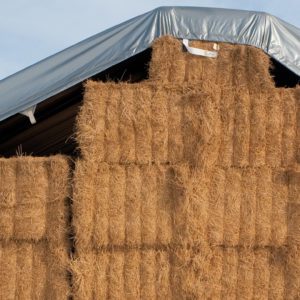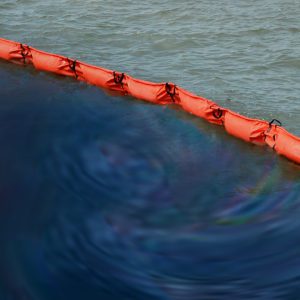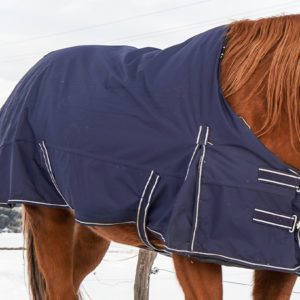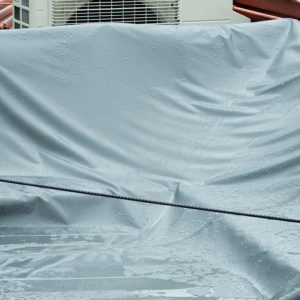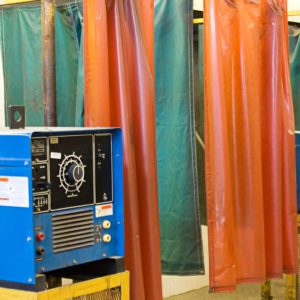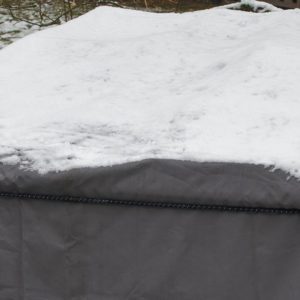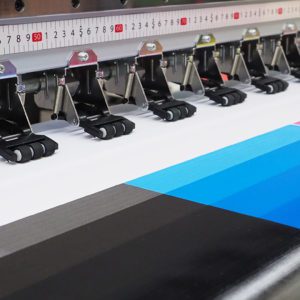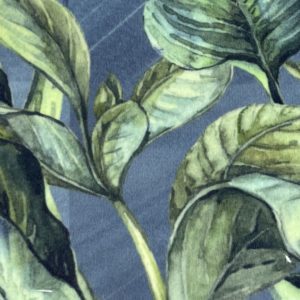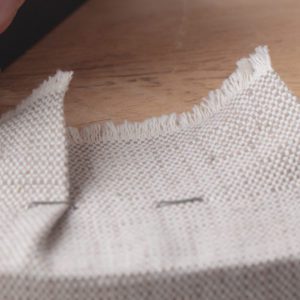Overview
Polyester is an extremely popular synthetic fiber. In fact, it is the most used fiber in the world today and has had the fastest-growing demand among other fibers since 1980.
A Brief History of Polyester
- In 1926, American scientist Dr. Wallace Carothers discovered that alcohols and carboxyl acids could be mixed to create synthetic fibers.
- Dr. Carothers’s work contributed greatly to the development of polyester, although he did not actually invent it. His preliminary work with polyester contributed to his later inventions of both nylon and neoprene, and he is considered one of the fathers of synthetic fibers.
- In 1939, British scientists John Winfield and James Dickson continued Carother’s work. By 1941, they patented polyethylene terephthalate (PET) and created the first polyester fiber, Terylene, at Imperial Chemical Industries (ICI).
- In 1946, DuPont purchased all of the legal rights from ICI. In 1950, they produced the polyester fiber, Dacron, and in 1952, Mylar.
- In 1951, Polyester was first introduced to the public as a miracle fabric that could be worn, pulled, and washed without any wrinkling or signs of wear-and-tear.
- In 1958, Eastman Chemical Products, Inc developed the polyester fiber, Kodel. Textile mills exploded around the country as polyester’s popularity soared.
70% of the world’s polyester is produced in China. It is also the world’s largest polyester market, which makes China the hub of the international polyester industry. Taiwan, Korea, India, Japan, and Indonesia are also major manufacturers of polyester, and some polyester production still occurs in the United States.
What Is Polyester Made Of?
Polyester is basically melted plastic. The most common type of plastic used for polyester fibers is Polyethylene terephthalate (PET). This is also used for plastic bottles, which is why we can recycle the bottles to make recycled fabric!
This plastic is heated and extruded to create synthetic fibers of varying lengths. The fibers can be long strands of filament fibers or chopped up into staple fibers. Polyester can be blended with other fibers to create a fabric with “best of both worlds” characteristics.
Recycled polyester production is the same as non-recycled, except for the beginning part.
Common Polyester Deniers
The most common polyester deniers for ATY/DTY yarn (which TVF uses the most of) are 75, 100, 150, 300, 600, 900, 1200.
